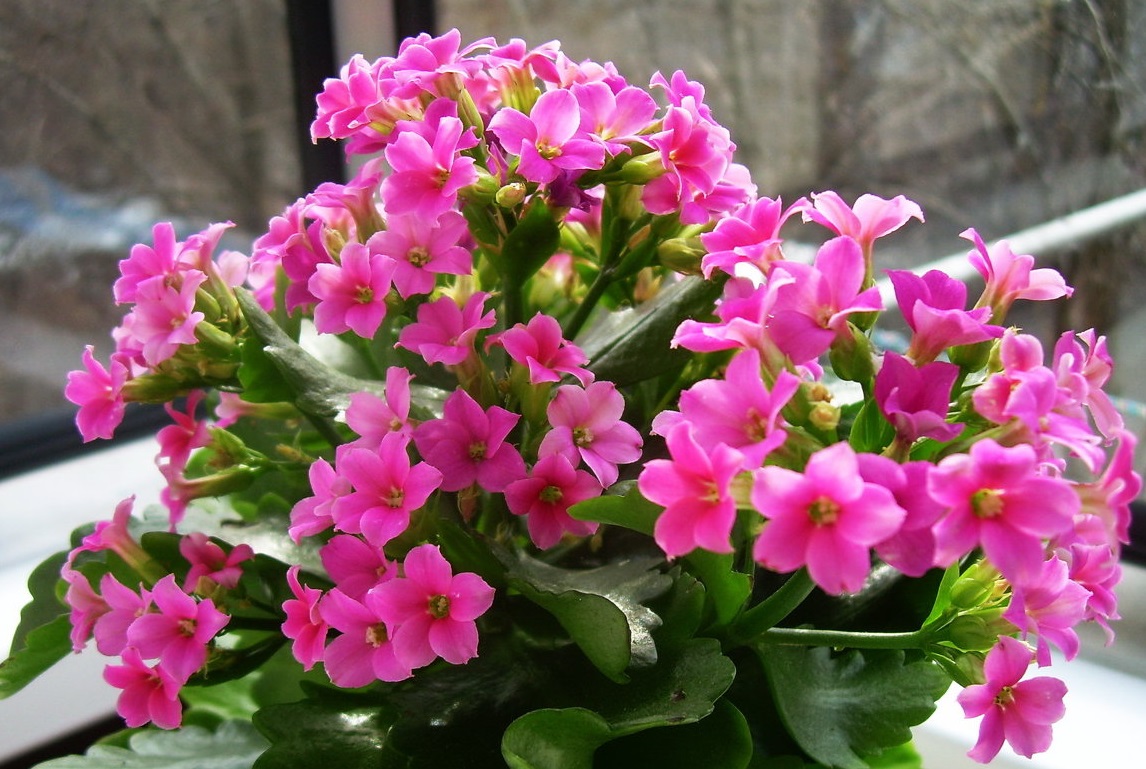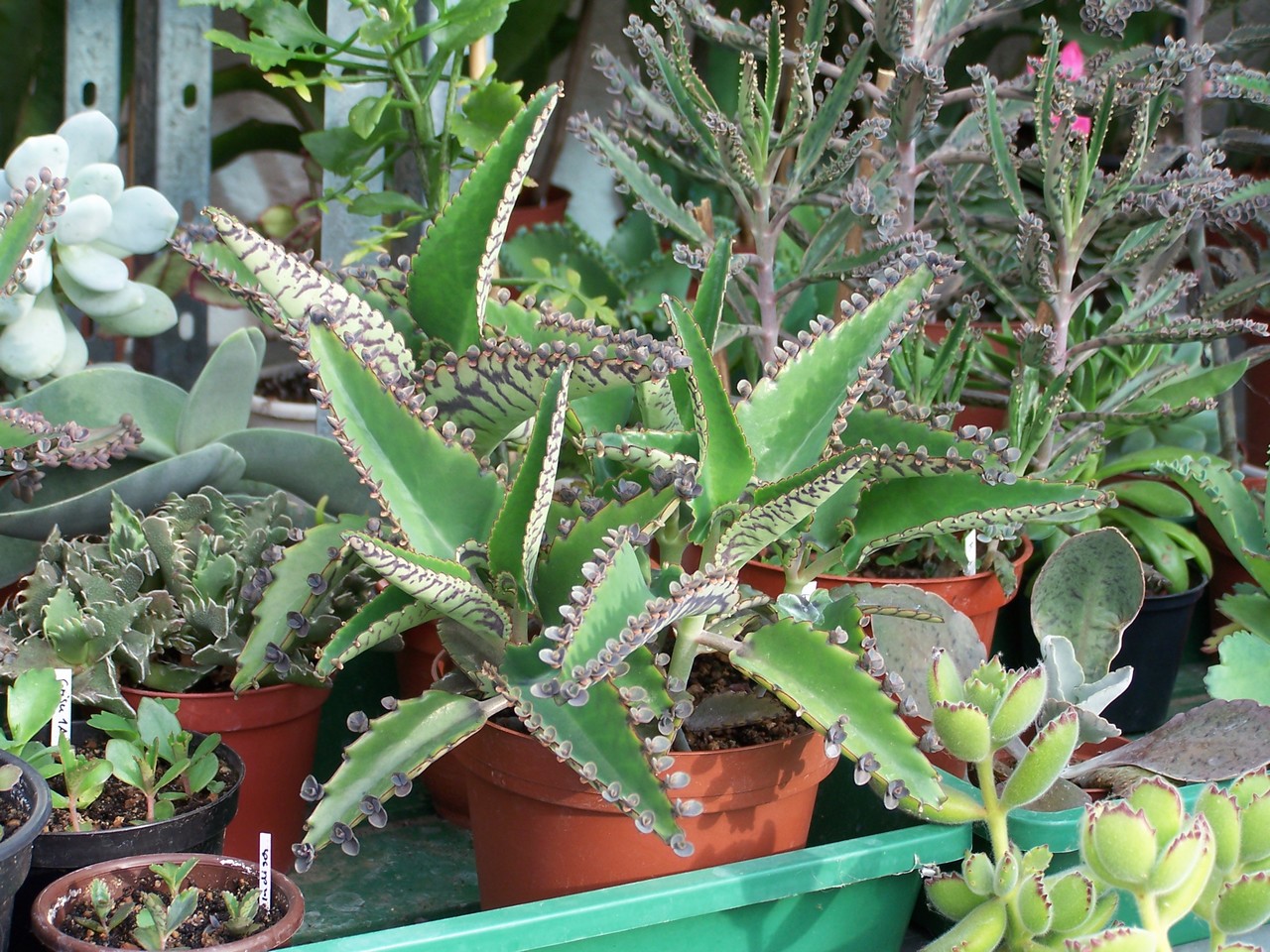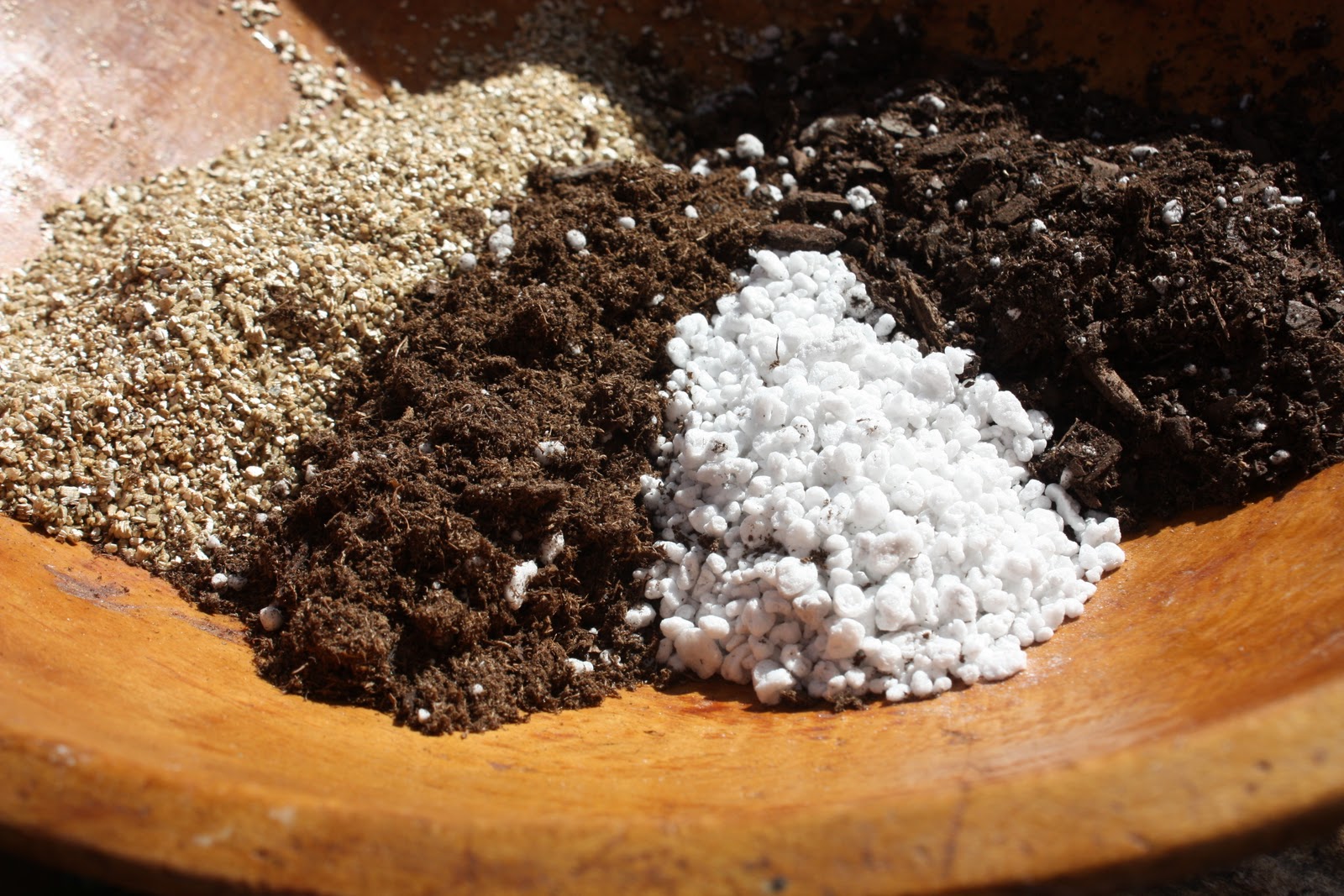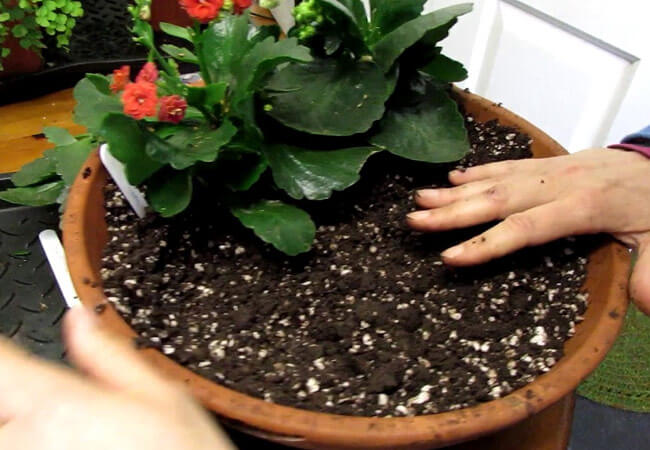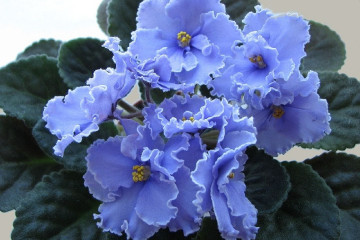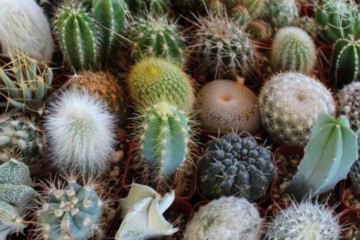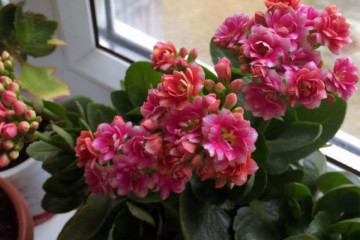How to transplant Kalanchoe: choosing a pot and soil
Content:
Kalanchoe is a popular representative of succulents with carved thick leaves and beautiful flowering. The plant, like most cacti, crassula and zamioculcas, is able to accumulate moisture in tissues, which provides it with nutrients in the absence of watering.
The main reasons for the transplant
For Kalanchoe, a transplant is always stressful, so it must be carried out when urgently needed, so as not to injure the plant once again. This feature is inherent in all varieties, including the most popular of them:
- Kalanchoe growing;
- Kalanchoe Degremona;
- Kalanchoe Laciniata.
The natural reason for the organization of transplantation comes when the flower has grown from its pot and can no longer be in it. But in this case, there are situations when it is impossible to transplant Kalanchoe.
Transfer after purchase
You can only think about how to transplant a Kalanchoe brought home from a garden store after the adaptation period is completed. Under new conditions, the plant can get sick if the microclimate of the room is very different from that in which it grew while in the nursery. The additional discomfort associated with the transplant can kill the plant.
In order for the flower to move more easily, the negative impact of additional factors should be minimized. Therefore, in order to exclude possible infection with infections and pests, the pot with Kalanchoe must be placed away from other flowers, providing a kind of quarantine zone.
Illumination plays an important role in the life of flowers, Kalanchoe is no exception. The eastern side is best suited for it, since it is quite light, but at the same time it does not threaten the leaves with sunburn from exposure to direct rays. If it is not possible to put the pot on the east side, you can place it on other windows, but growing on the south side must be accompanied by protection from the dangerous scorching sun. It is safe to place on the southern windows in winter, without fear of burns.
If, after a two-week period, the Kalanchoe has not begun to shed its leaves, has not withered or turned yellow, it can be transplanted into a new, wider pot.
Transplant during the flowering period
A flowering plant directs all its energies to the formation of inflorescences, redistributes nutrients in such a way as to ensure proper budding and violent flowering. How to transplant Kalanchoe without causing harm at home should be thought about only after the plant has faded.
By settling in another pot and a fresh substrate, the Kalanchoe must adapt the root system to new conditions. Having received more free space, the roots begin to actively grow, wasting a significant part of the nutrients, depriving the peduncles of a large portion of nutrition.
If the bush has not yet faded, but it has been transplanted, there is a risk of losing it. Having received stress, Kalanchoe tries to sharply redistribute food, adapting to new conditions.
Choosing a pot for transplant
Before planting the Kalanchoe in a new pot, you need to make sure that the procedure is necessary. The main criteria for organizing resettlement are:
- a wildly overgrown bush, the above-ground green part of which significantly exceeds the volume of the pot in size, namely, it is at least 3 times larger than it;
- the roots have grown so much that their ends can be seen through the drainage holes;
- the foliage of an adult plant turns yellow, withers, does not respond with healing to feeding;
- a lot of rooted children have formed in the pot, rapidly growing green mass.
The new capacity should not be significantly larger than the previous one. It is optimal to choose a pot 2-3 centimeters wider than the one in which the plant grew. If the pot for transplanting Kalanchoe is much wider and deeper, it will actively develop the root system and build up green mass. The first buds with such a planting can be seen only after the root system occupies the entire earthen ball, reaching the maximum possible size.
When deciding which pot is needed for transplanting Kalanchoe, it is worth remembering that any plant needs natural materials. Therefore, you can choose plastic models only as a last resort, when the budget does not allow you to purchase a ceramic or clay specimen. There are many wooden ring-lined pots that are also suitable for successful cultivation of Kalanchoe.
Soil options for planting
Kalanchoe, according to botanists, belongs to the genus of succulents, like cacti. This suggests that in many respects it coincides with the representatives of thorny plants. The same applies to the choice of soil for the Kalanchoe. Optimal would be a ready-made composition purchased in a garden store or nursery, the packaging of which is marked "for succulents" or "for cacti".
The roots should receive a sufficient amount of air and moisture, and develop freely throughout the entire volume of the pot. If the ratio of the components is incorrect, the water will not saturate the soil for the Kalanchoe; instead, it will drain through the drainage holes in a short time, leaving the soil empty and the plant without nutrition. The composition of the soil must necessarily contain sand, which is able to hold the required amount of water.
Land for Kalanchoe must contain:
- 1 part peat;
- 3 parts of turf soil;
- 1 part sand;
- 1 part leaf humus;
- 0.5 parts of compost.
In order for the acidity of the soil to meet the requirements of the Kalanchoe, crushed limestone can be added to its composition, which will not allow the soil to be acidic. With an increase in acidity, the plant may not bloom or lose foliage. The amount of stone powder should be 1/10 of the total volume of the pot. Excessive application of the alkalizing mixture can make the soil unsuitable for plant development.
Land quality
Before replanting Kalanchoe, it is important to convince the quality of the soil. To check for suitability, you can use a simple way:
- Fill the pot with the proposed soil, having previously laid the drainage on the bottom.
- Pour 500 ml of water over the soil.
- Wait 15 minutes.
- Check how much liquid is in the pan.
If the amount of liquid leaked out during this time is more than 250 ml, more sand or coconut flakes should be added to the soil. These components are able to retain moisture, while not swamping the substrate.
After drying, the earth should not be taken as a single lump. If 3-4 days have passed after watering, it should be checked for looseness.Among gardeners, there is a little trick that allows you to determine the degree of softness and friability of the soil: on the 4th day after watering, they take an ordinary plastic disposable fork and loosen the top layer with it, without applying much effort. If even one prong of the fork breaks off, the soil is not suitable for growing succulents. Suitable soil can be loosened without breaking the teeth. It is wrong to carry out the procedure earlier than 4 days later, because the ground will still be wet, and the test may give a false result.
Features of transplant at home
Before you start planting the Kalanchoe in a new pot, you need to inspect it for damage to individual parts. After removing the plant from the pot, you need to carefully examine the roots, whether there are rotting or dead ones. If there are such fragments, they must be removed with a small pruner or ordinary office scissors so as not to transfer the fungal infection to a new place. After trimming the damaged roots, the cuts must be treated with coal chips, thereby disinfecting the ends.
The trunk and leaves must also be inspected first, saving the plant from yellowed and decaying fragments. One of the indicators of the necessary inspection of the root system is a soft and flabby trunk. As soon as the plant began to soften, it is urgent to remove it from the pot and inspect the roots, removing rotten branches.
If a large percentage of the entire root system is affected, after the removal of diseased areas, the remaining healthy part is treated with a weak solution of potassium permanganate (light pink solution of potassium permanganate). The pot in which the plant will be placed after processing should be rinsed with boiling water, thereby disinfecting it.
If the entire root system and the lower part of the trunk have undergone a fungal infection, the plant can still be saved. To do this, you need to make an incision 1 cm higher from the line dividing the healthy part of the trunk from the patient. Then treat the cut with coal dust. The resulting cutting will take root without difficulty, allowing the plant to develop further. To do this, put it in a glass of water at room temperature. In order for the infection not to multiply in the water, you must remember to change it every day.
When a transplant is needed
The succulent grows faster than other indoor plants, actively giving rise to young buds and daughter shoots. Therefore, experienced florists recommend every spring, after the end of flowering, to transplant young plants that are rapidly developing their aboveground part.
If this is not done on time, by the fall the flower will become cramped in the pot, the transplant will be carried out out of time, which can lead to wilting and loss of vitality, after which the plant will recover for a long time without showing flowering.
Often, Kalanchoe varieties that reproduce by buds appearing on the leaves, on their own, appear in the pot with real shoots arising from the fallen buds. Like other succulents, the Kalanchoe takes root easily, even when no one is caring for a lost baby. It is imperative to plant a densely populated pot, otherwise young shoots will not give the mother plant the opportunity to receive nutrients, which will lead to inevitable death.
It is not necessary to plant the Kalanchoe in a new container every year if the plant is already more than 5-7 years old. After this age, it does not develop so rapidly, the rate of formation of new leaves and shoots is significantly reduced. This is not to say that older specimens freeze in their development, they still have young foliage, though not as often as before.
Therefore, a young plant can be planted in a plastic pot, given that the container will have to be changed again next spring. Mature plants should be planted mainly in products made from natural breathable materials, since the next transplant can take place only after a few years.
Further care of the flower
After you have managed to plant the Kalanchoe, it is important to think about the place on the windowsill that the plant will occupy. Kalanchoe does not tolerate close proximity, therefore, it should be placed no closer than 30 cm from low-growing plants and even further from tall neighbors so that their foliage does not block the sunlight.
To do this, you need to arrange for the plant a month of twilight, that is, remove it from the window sill to the curbstone against the wall. For healthy growth, this amount of light is enough for him, but such shading will not go unnoticed for the chemical processes taking place in the tissues. As soon as the pot is returned to the sunny windowsill, the plant will immediately react to this by forming colorful buds.
Kalanchoe cultivation fascinates many novice florists. On the one hand, this is an ordinary plant that can be found on almost every window sill, on the other hand, the variety of varieties with the most different types of inflorescences cannot be called boring, which is why many Kalanchoe varieties are collected.
